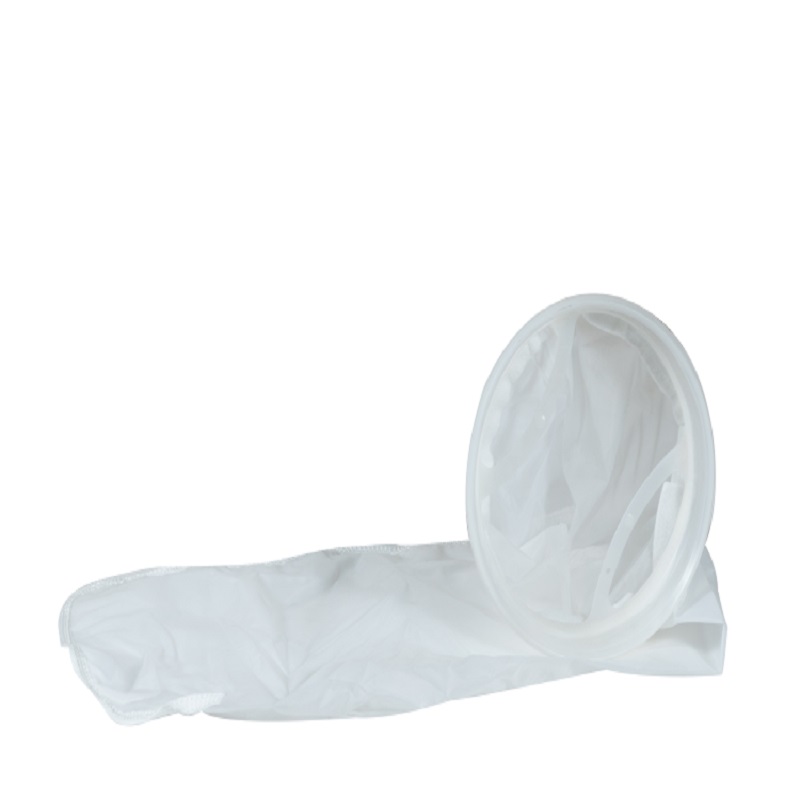Behind the Scenes: Crafting PTFE Filter Bags for Optimal Filtration Performance
2024-05-08
Introduction:
In the realm of industrial filtration, PTFE (Polytetrafluoroethylene) filter bags stand as stalwarts, renowned for their exceptional filtration efficiency and durability. But what goes into the making of these essential components of air pollution control systems? Let's delve into the intricacies of the manufacturing process of PTFE filter bags, exploring the selection of materials, construction techniques, and quality control measures that ensure their optimal performance.
Selection of Materials:
The journey of crafting PTFE filter bags begins with the careful selection of materials. PTFE, a synthetic fluoropolymer, takes center stage owing to its remarkable properties. Renowned for its resistance to chemicals, extreme temperatures, and UV radiation, PTFE provides the foundation for filter bags that can withstand harsh industrial environments.
In addition to PTFE, the choice of supporting materials is equally critical. High-quality filter media, often composed of woven or felted fabrics, complement the PTFE membrane, enhancing filtration efficiency. The selection of these materials is guided by factors such as pore size, permeability, and mechanical strength, ensuring compatibility with the intended application and operating conditions.
Construction Techniques:
With materials in hand, the construction of PTFE filter bags commences, guided by precision and expertise. Advanced manufacturing techniques are employed to ensure uniformity and consistency across each filter bag, optimizing performance and longevity.
The fabrication process typically involves layering the PTFE membrane onto the chosen substrate, either through lamination or coating methods. This step is crucial, as it imparts the desired filtration properties while maintaining the integrity of the filter media. Precision cutting and stitching techniques are then employed to shape the filter bags to the required specifications, ensuring a snug fit within filtration systems.
Quality Control Measures:
As the saying goes, "the devil is in the details," and nowhere is this more apparent than in the realm of quality control. Stringent measures are implemented throughout the manufacturing process to uphold the highest standards of quality and performance.
From raw material inspection to final product testing, each stage is subject to rigorous scrutiny. Dimensional accuracy, tensile strength, and filtration efficiency are among the parameters meticulously evaluated to ensure compliance with industry standards and customer requirements. Additionally, advanced testing methods, such as air permeability testing and particle penetration analysis, provide valuable insights into the filtration performance of PTFE filter bags under simulated operating conditions.
Conclusion:
In the complex tapestry of industrial filtration, PTFE filter bags emerge as indispensable components, offering unparalleled efficiency and durability. The manufacturing process behind these marvels of engineering is a testament to precision, expertise, and unwavering commitment to quality.
From the careful selection of materials to the meticulous execution of construction techniques and stringent quality control measures, every aspect is geared towards delivering optimal filtration performance and longevity. As industries continue to prioritize environmental sustainability and regulatory compliance, the role of PTFE filter bags in mitigating air pollution remains as vital as ever, underscoring the significance of mastering the art and science behind their manufacturing.



